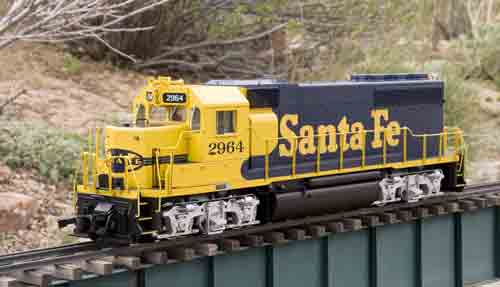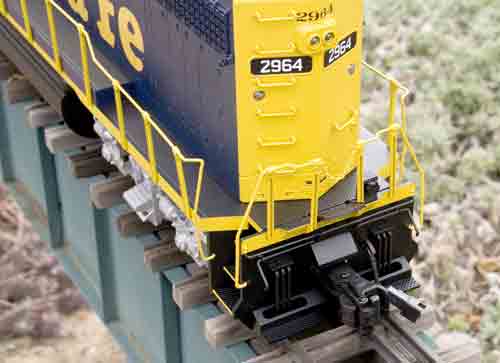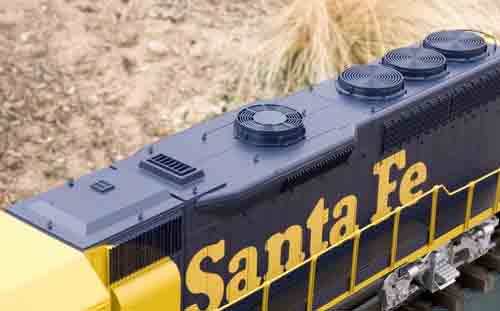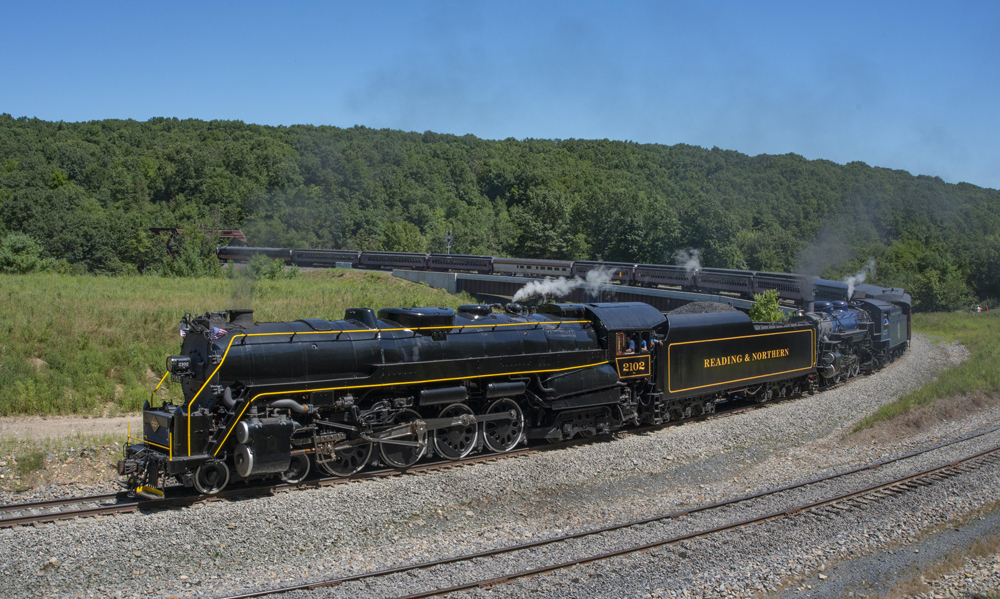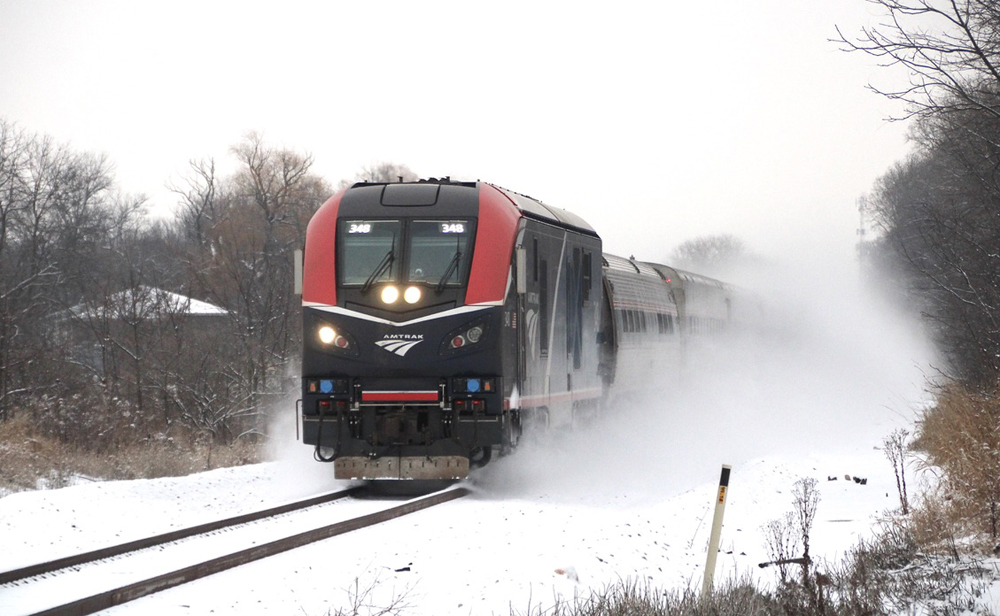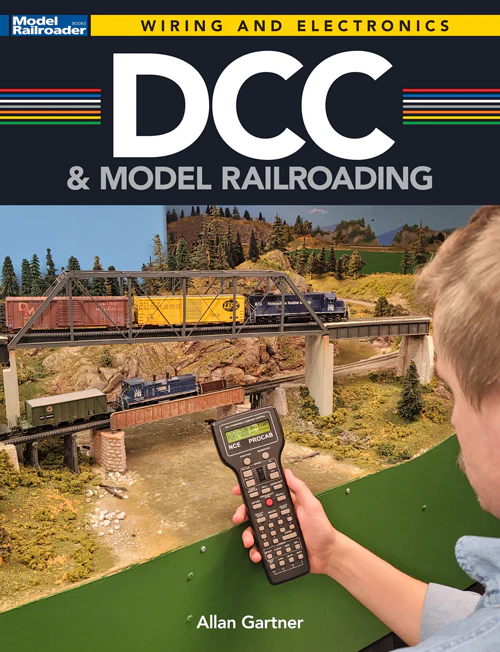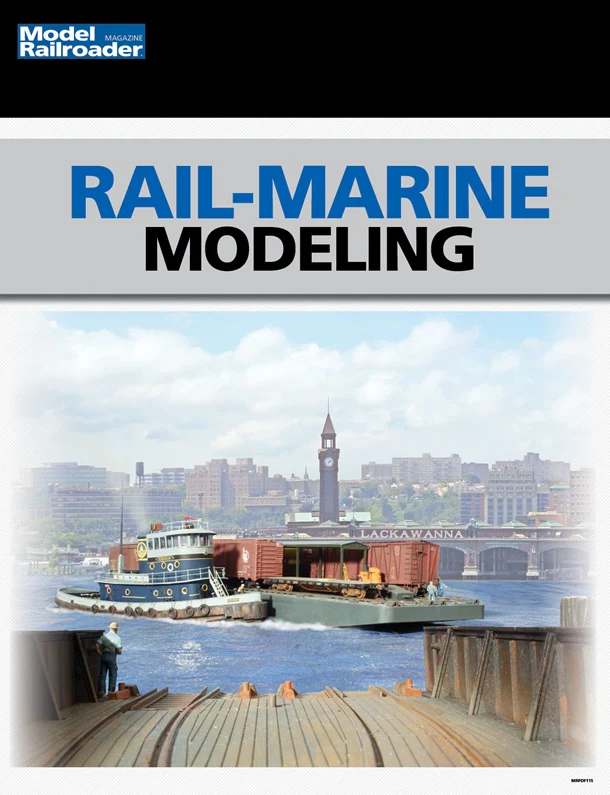1:29 scale, gauge-1 GP-40 diesel
Aristo-Craft Trains
698 S. 21st St.
Irvington NJ 07111
Price: $352
Web site: www.aristocraft.com
Plastic-and-metal model of an EMD GP-40 diesel locomotive; two truck-mounted motors; working lights; smoke unit; plugs at either end to accept power from battery car; DCC and sound-system ready (speaker included); switches to control track/battery power and lights/smoke/motors on and off; directional headlights; available in a wide range of colors and road names; 3’3″ minimum radius; body-mounted knuckle couplers installed (hook-and-loops also provided). Weight: 10 pounds. Dimensions: Length over end beams, 22¾”; width, 4″; height over cab roof, 61/8″. In 1:29 scale, this works out to 55′ x 9’8″ x 14’9″, respectively
Pros: High fidelity to prototype; good level of detail; excellent paint and graphics; good instruction booklet; all important features of a good, basic locomotive; replaceable dynamic-brake housing; quiet when running; excellent slow-speed operation
Cons: Shiny wheels; over-deep flanges; couplers protrude unprototypically; battery plugs at ends unsightly; engine moves before lights come on
Aristo-Craft’s model is up to their usual high standard. Our review sample is painted in the Sante Fe’s yellow-and-blue freight colors. Paint, which is matte finish, and graphics are excellent. The locomotive captures well the character of its prototype. It is well proportioned with a high level of detail. Some of the details may be a little delicate, so reasonable care in handling is advised. Also, given the wide array of road names available, details for any particular one may or may not be absolutely correct. Supplied window awnings, which are somewhat fragile, must be installed by the buyer. On our review sample, these did not easily go into place without the paint being scraped off the little mounting studs. They would probably be best glued in place.
The engine features two motors, one in each truck. Axles ride in ball bearings. There is about 3/16″ of side play in each axle for no apparent reason-perhaps to help on very tight curves. The manufacturer claims a minimum radius of 3’3″ (6’6″ diameter), which, in scale, is far tighter than the prototype would ever negotiate. To accommodate this tight a curvature, the couplers are mounted on pivoting drawbars that extend them unprototypically far from the engine. Those with more prototypical curves on their railways may wish to remedy this problem, which should be a relatively easy fix. Supplied couplers are Aristo-Craft’s standard working knuckles.
Wheels are chemically blackened metal. They are shiny and have over-deep flanges, which mar the appearance of an otherwise fine model. A little flat-black paint would go a long way toward solving this problem.
There is a lift-out roof section on this locomotive that reveals the control switches. Aristo-Craft has actually supplied two different lift-out sections-one with dynamic-braking gear and one plain. This is a nice feature. Dynamic braking was an option offered by EMD that some railroads opted for and some didn’t-and some opted for partially, having locomotives with and without it. Under the lift-out panel are four switches. Three are on-off switches for motors, smoke, and lights. The fourth lets you designate from where the engine will get its power, either from the track or batteries.
Removing the engine’s body is a relatively simple task. You must remove 10 small screws and disengage various handrails from the cab. The body may then be carefully lifted off. In the ceiling of the body shell are mounted the smoke unit, the primary circuit board, and the speaker. On the floor is a heavy steel channel that acts as the engine’s mainframe, and which carries additional wiring and connectors. Many of the connections are made with plugs, which should make the installation of sound and DCC easier. The instruction manual briefly addresses these issues.
There are plugs on wire leads at either end of the engine. These are intended to receive battery power from a drag-along car. The engine’s dummy fuel tank snaps in place under the floor. It conceals two heavy weights that help to give the engine traction (there are no traction tires) and lower its center of gravity. Conceivably, these weights could be removed and replaced with onboard batteries (you are warned in the manual against arbitrarily adding weight to the engine). If the batteries and radio-controll gear were carried onboard, the unsightly plugs could be dispensed with.
Performance on the track is very nice. The engine begins to move at around 2V, and it will just smoothly creep along. Unfortunately, the lights don’t come on until about 7V, so the engine is already moving along pretty briskly before we see the lights. Top speed, at 24V, appears to be somewhat less than the prototype’s, but is certainly enough for any garden railway. The engine is quiet and smooth in operation, which will be a plus for those wanting to install a sound system. Current draw at full slip (24V) was 2.5 amps. Tractive effort was 2 pounds 4 ounces, or enough to haul around 32 average freight cars on straight, level track.
This is a fine model of a standard American diesel locomotive. It looks good and performs well. My quibbles with it were minor and most of them could be rectified without much work. This engine should be a valuable addition to many a garden roster.





